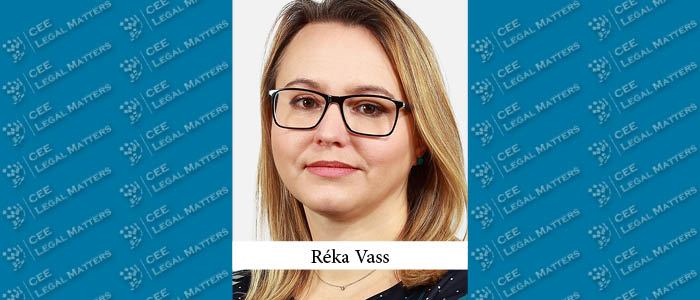The bill to amend the laws on justice was adopted by the Hungarian Parliament on 30 April 2024. The omnibus act amends a number of laws, including the Act on Notaries Public, the Act on Judicial Enforcement, the Act on the Organization and Administration of the Courts and the Code of Civil Procedure.
This article presents the amendments to Act CXXX of 2016 on the Code of Civil Procedure. The amendments are intended to comply with Regulation (EU) 2023/2844 of the European Parliament and of the Council of 13 December 2023.
It is proposed that, if the technical conditions are met, the minutes may be drawn up at any stage of the procedure by single sequence recording of proceedings, containing both visual images and sound. Previously, this was only possible during the hearing as to merits. This could be done at the request of either party or even by order of the court on its own motion. If such a recording is made, the court will summarize the statements, requests and petitions of the parties relevant to the resolution of the case in order to prepare a written extract from the minutes.
The amendment also allows for the minutes to be drawn up by single sequence recording in appeal proceedings. However, in actions to modify the exercise of parental custody and in actions relating to visitation rights, a single sequence recording of the hearing of the minor may not be made in order to protect the minor.
The amendment allows for simplified telecommunication attendance via electronic communication networks (e.g., MS Teams, Skype, Zoom, etc.). For such a hearing, the room would not be made available by the court or other body. It would be sufficient that only the person to be heard is present at the hearing, in which case the person to be heard uses the available means. The directness of the connection between the set place of the procedural act (e.g., a courtroom) and the place of the hearing is ensured by the simultaneous transmission of moving images and sound (e.g., laptop, mobile phone). This is possible if the person to be heard also consents to simplified telecommunication attendance.
The hearing must take place in such a way that only the person to be heard or whose presence is otherwise permitted or required by law (e.g., legal counsel, guardian, etc.) is present in the room where the hearing is to take place.
The amendment also specifies when the procedural act cannot be continued in this way. Examples include when there is reasonable doubt as to the identity of the person to be heard, the voluntariness of their participation in the procedural act and the lack of undue influence on their part. Another example is when a person is not authorized or required by law to be in the room.
Prior to the hearing, the presiding judge or the court secretary will determine the activities to be performed by the person to be heard in order to verify their identity, voluntariness and lack of undue influence. They will also require that the person to be heard be visible, as well as all persons present at the same time and at all points of the hearing room. If verification is not possible or refused, the procedural act shall not be conducted by means of simplified telecommunication attendance.
The amendment also contains a new provision on the dismissal of the appointed expert, namely a new ground for dismissal. In addition to the previous grounds for dismissal, the court by its own motion will exempt the appointed expert from appointment if the appointed expert fails to provide an expert opinion within the time limit. Or, if an extension has been granted, he will be dismissed if he fails to provide his opinion within the extended time limit. and it cannot be expected to provide this expert opinion. In such cases, the court shall impose a fine in addition to the dismissal.
By Reka Vass, Senior Associate, Baker McKenzie


